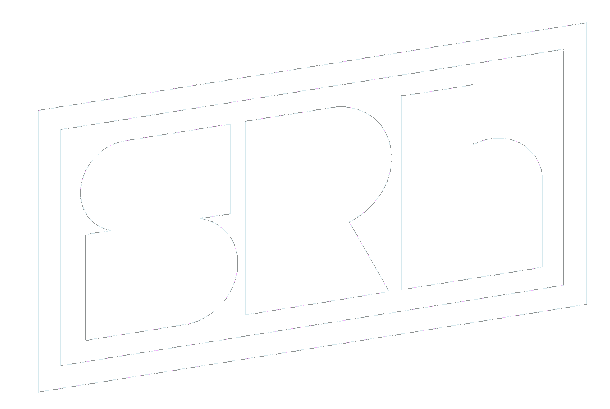Paying attention to attention
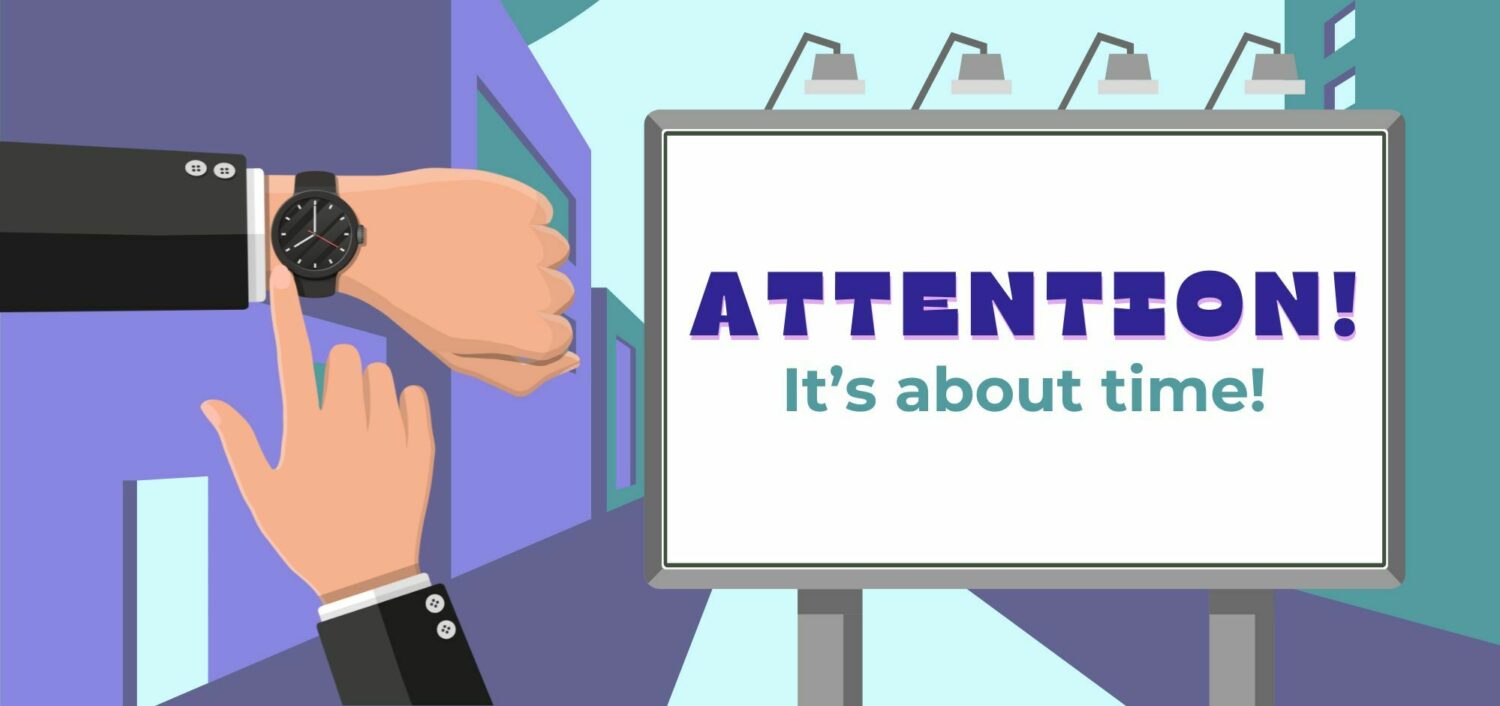
Attention! Achtung! Atención! Atenção! Aandacht!
What’s the fundamental purpose of advertising?
To grab as much attention as possible from as many people as possible in order to build mental availability. So when people are ready to buy, they are more likely to choose your brand.
When done right, ads build and reinforce an emotional connection in the minds of your potential buyers.
This is not the deep emotional connection you have with your partner, your friends, your children, your dog or your favorite sports team.
At best, your brand occupies an infinitesimally tiny amount of real estate in someone’s mind. A couple of neurons and the synapse between them. As long as they’re firing, that’s really all you need.
But you have to fight like hell to keep those two neurons for yourself. Because every other brand is after them.
The challenge has always been attention. Without it, you cannot build and maintain mental availability.
Of course, it has become increasingly difficult to reach people because everyone is everywhere. They’re staring at big screens and small screens on every platform and channel you can imagine.
To make things a lot worse … not all reach is equal. And the amount of attention people pay to an ad depends on the channel.
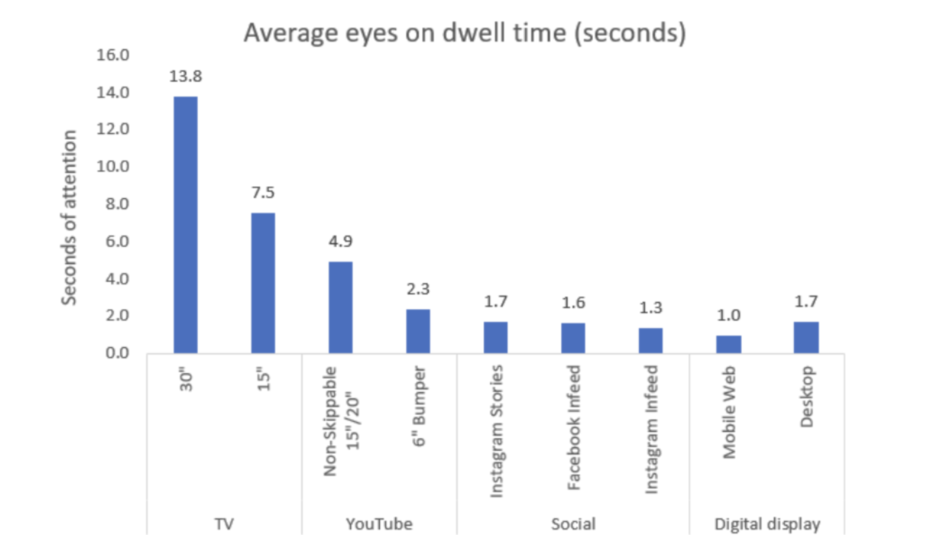
On average, a 30-second TV spot (linear or streaming) gets 13.8 seconds of active attention.
A 15-second, non-skippable YouTube ad typically delivers around 4.9 seconds of active attention.
A Facebook infeed ad gets around 1.6 seconds of active attention.
Why does this matter?
According to research by Dr. Karen Nelson-Field and her team at Amplified Intelligence, it takes at least 2.5 seconds of attention for an ad to wiggle its way into a person’s memory.
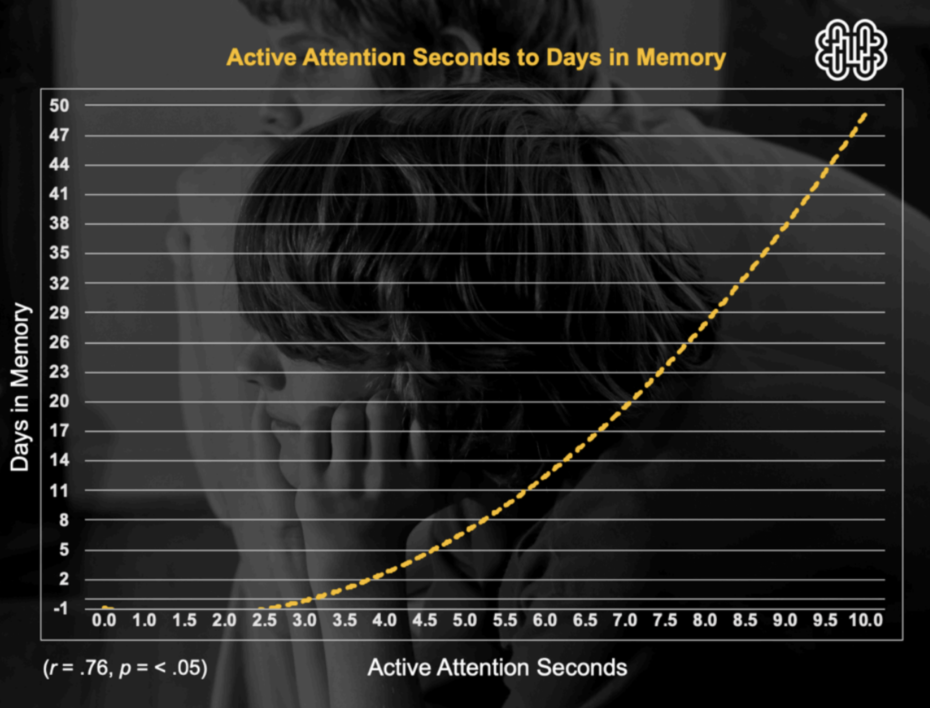
And the more attention someone pays to an ad, the more likely they are to remember it days, weeks, even months later.
There is a catch. If your brand is already famous, a split second of attention is all you need to reinforce mental availability. If you’re speed-scrolling through Reddit and you see the Starbucks logo flash by, that’s enough for you to think, “Oh, right. Starbucks is a thing.”
If your brand is not yet famous, you might need more time.
But do attention-seconds translate to meaningful action?
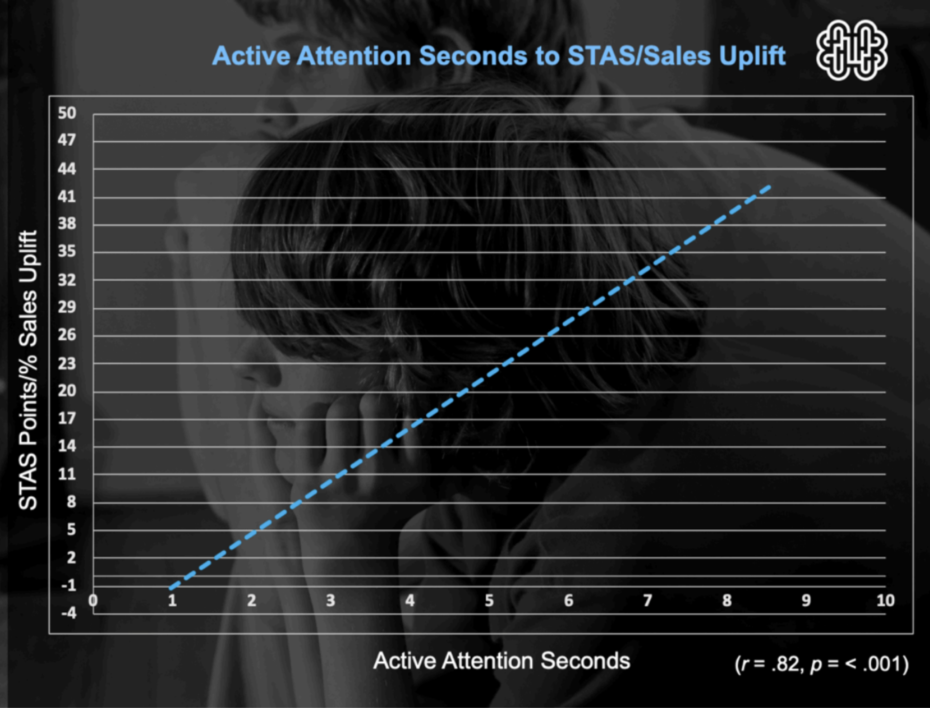
(STAS stands for Short-Term Advertising Strength — the percentage of purchases among people who paid attention to advertising divided by the percentage of purchases among people who didn’t.)
This is fairly new research, but the longer people pay attention to an ad, the more likely they are to buy.
And it is glaringly obvious that not all channels deliver attention equally.
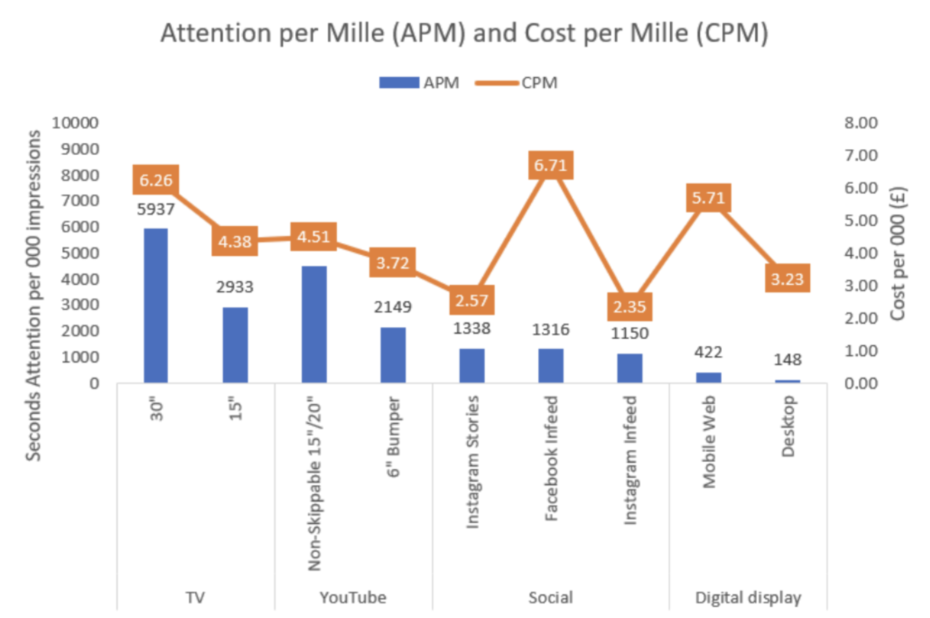
A 30-second TV spot delivers an average of 5,937 active attention-seconds per 1,000 impressions.
A non-skippable, 15-second YouTube ad delivers around 4,500 active attention-seconds per 1,000 impressions.
A digital display ad on mobile delivers around 422 active attention-seconds per 1,000 impressions.
So what does this mean for smaller brands?
When you take the cost of attention-seconds into consideration, something very interesting happens.
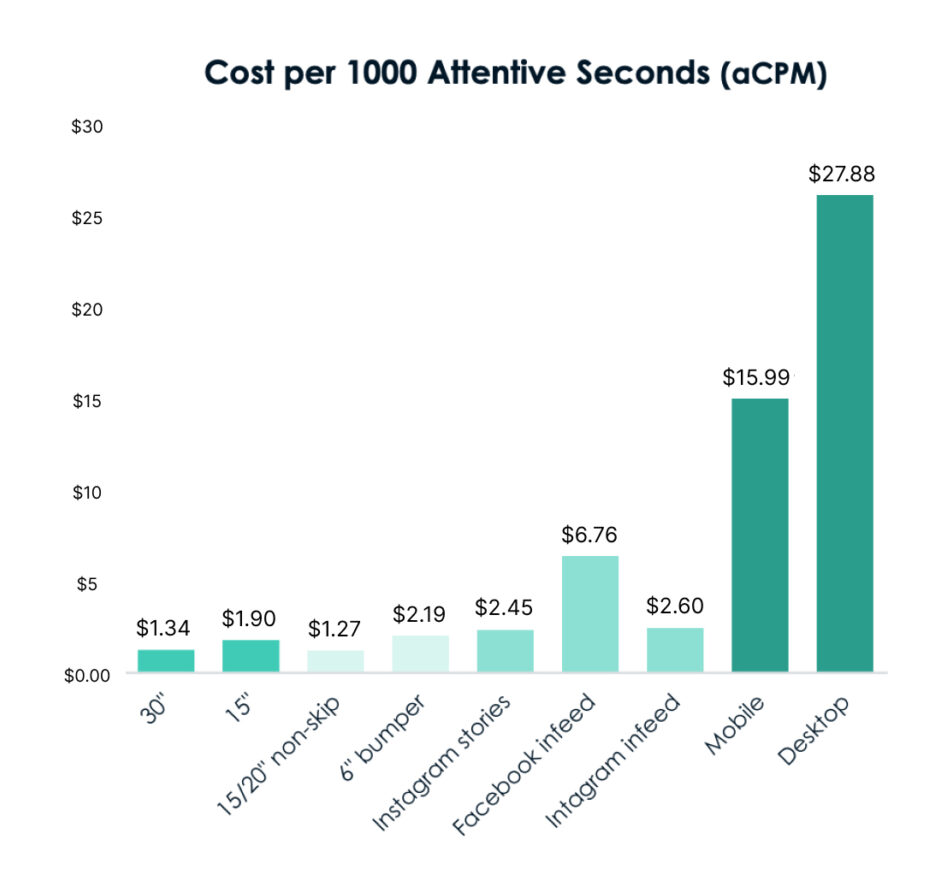
Per 1,000 attention-seconds, a Facebook ad is around 5x more expensive than a 30-second TV spot.
Digital display ads on mobile are about 12.5x more expensive than a 15-second, non-skippable YouTube ad.
Display ads work. Social ads work. How hard they work is the big question.
Part of it absolutely has to do with the quality of your media buy. Part of it is the creative. Part of it is the channel itself.
If you’re a very large, very famous brand, none of this matters very much. Big brands like Starbucks play defense in part by reminding people they exist.
But if you’re a brand with the ambition and the potential to grow, it may be well worth paying attention … to attention. We can help with that.
See you next time.
Sources!
